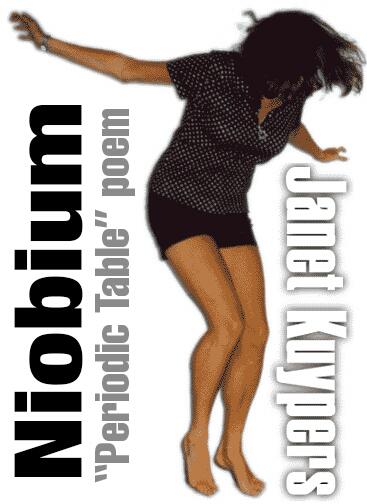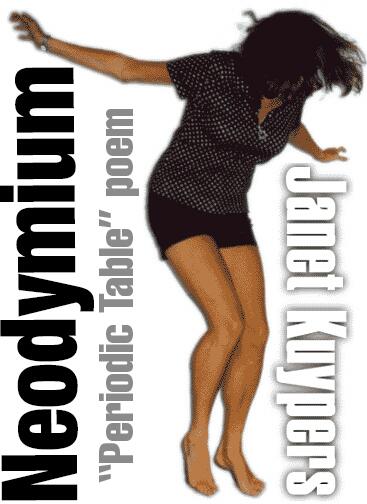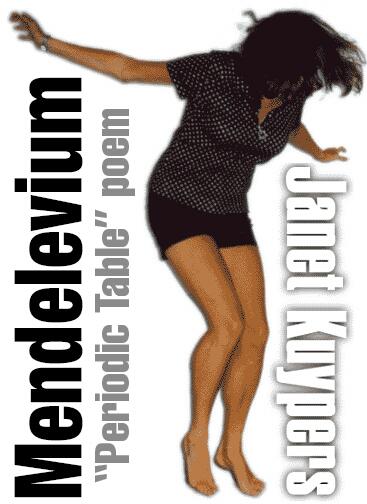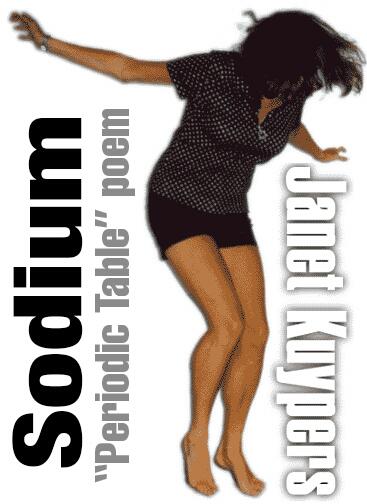Roentgenium
Janet Kuypers
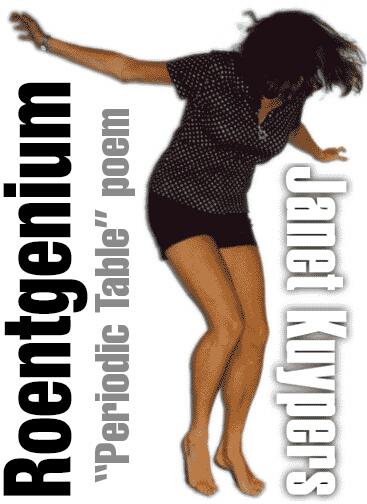
from the “Periodic Table of Poetry” series (#111, Rg)
7/2/13
Being in just the right place
at just the right time
is what getting what you want
is all about.
#
Thirteen nuclear researchers
bombarded Bismuth two oh nine
with Nickel sixty four ions
to make the Nickel penetrate
the Bismuth nucleus,
so they’d come together
to make a bigger atom.
So the Nickel had to go fast enough
to penetrate the Bismuth nuclei
(not too fast, but not too slow),
and still, you’d lose a lot of atoms
to
space.
Enough experiments,
enough times,
created more atoms
of element
one one one.
They looked for so long,
and no one knows for sure
what Roentgenium looks like,
so the researchers started
predicting it’s properties
because it has such a short
half life.
#
And on the anniversary
of when this all came together
in just the right way,
at just the right time,
that’s when John Hinckley,
after stalking the rock star
and watching his habits,
that’s when he walked
from the sidewalk
and shot John Lennon.
Because as I said,
you have to be
in just the right place
at just the right time
to make everything
come together,
don’t you.
#
But if we got enough
of one one one,
we’d love this precious metal —
even if only for a short while.


